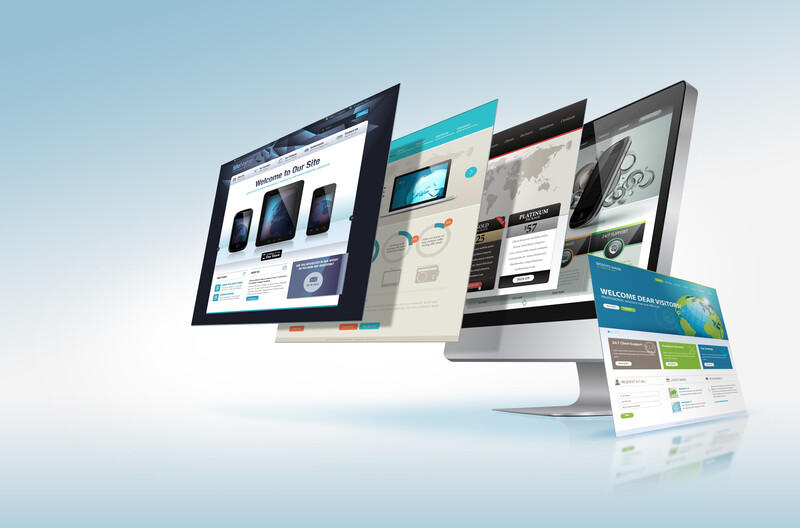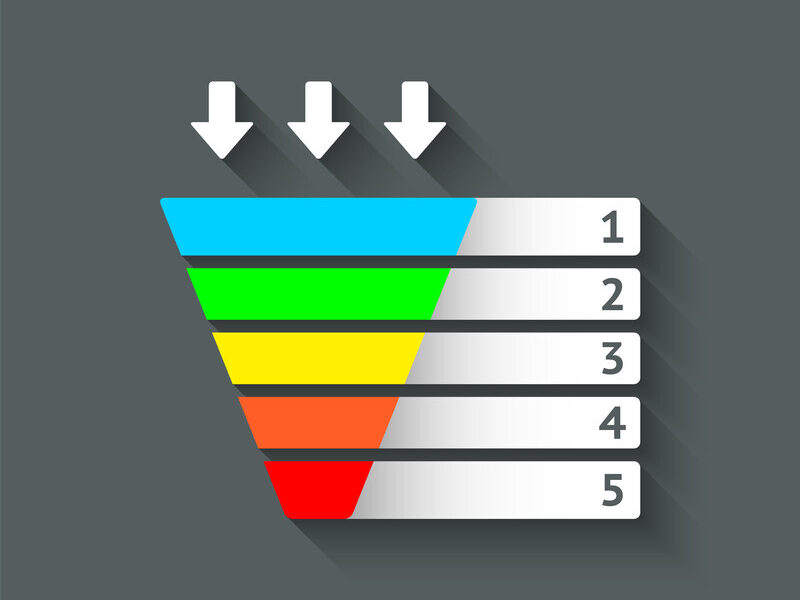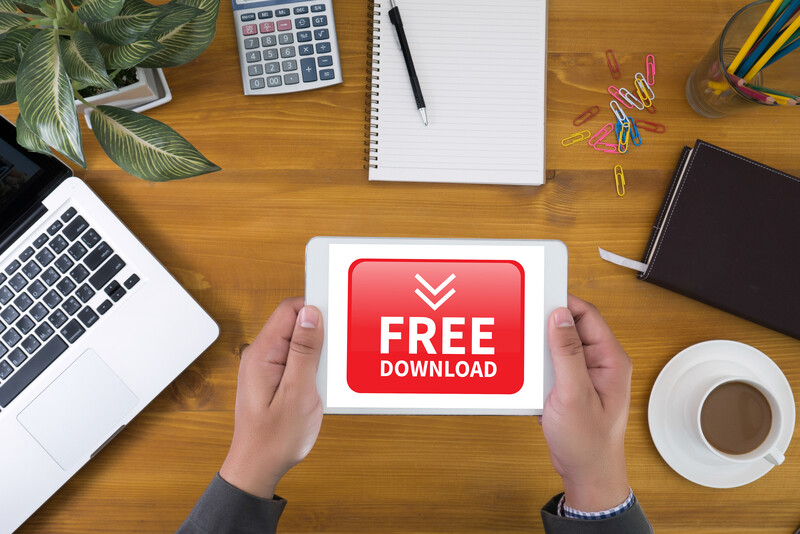In the world of digital marketing, the terms “sales funnel” and “landing page” are often used interchangeably. However, it’s important to understand the difference between these two concepts in order to make informed decisions for your marketing strategy.
In this comprehensive guide, we’ll discuss the key differences between sales funnels and landing pages, their unique purposes, and how to decide which one is right for your business. By understanding the distinction between these two powerful marketing tools, you’ll be better equipped to optimize your campaigns for success.
What is a Sales Funnel?
Definition and Purpose
A sales funnel is a strategic process consisting of multiple stages that guide prospects through the buying journey. The ultimate goal of a sales funnel is to convert leads into customers by guiding them through a series of conversion-focused steps. Sales funnels are designed to build trust and credibility with your audience, educate them on your product or service, and ultimately persuade them to make a purchase.
The Stages of a Sales Funnel
A typical sales funnel consists of four main stages, often referred to as the AIDA model:
- Awareness: The beginning of the funnel, where prospects first become aware of your business, product, or service. The goal at this stage is to capture their attention and introduce them to your offering.
- Interest: Prospects move further down the funnel and become interested in learning more about your product or service. The focus at this stage is to educate and persuade them to consider making a purchase.
- Decision: At this stage, prospects have decided that they want to purchase your product or service. The objective is to make it easy for them to complete the transaction.
- Action: The final stage of the funnel, where prospects have already made a purchase. The goal here is to ensure their satisfaction and encourage repeat business in the future.
Understanding the various stages of a sales funnel is crucial for effectively guiding your prospects through the buying journey and ultimately increasing your conversion rates.
What is a Landing Page?
Definition and Purpose
A landing page, on the other hand, is a standalone web page designed for a single marketing goal. Landing pages are where visitors “land” after clicking on a link, such as an advertisement, a website link, or a social media post. The primary purpose of a landing page is to drive conversions by prompting visitors to take a specific action, such as registering for a webinar, signing up for a free trial, or downloading a lead magnet.
The Elements of a Landing Page
A well-designed landing page typically includes the following elements:
- Headline: A brief, attention-grabbing statement that defines the purpose of the landing page.
- Image or video: Engaging visual content to capture the visitor’s interest.
- Copy: Persuasive text that sells the benefits of your offering and compels visitors to take action.
- Form: A place for visitors to input their information, such as their name and email address.
- Call-to-Action (CTA): A button or link that visitors click to complete the desired action.
Types of Landing Pages
There are several types of landing pages, each designed to achieve a specific goal. Some common types include:
- Simple Information Landing Pages: These pages provide basic information about a product, service, or topic.
- Lead Capture Landing Pages: Designed to collect contact information from visitors in exchange for something valuable, such as a free resource or a discount code.
- Click-Through Landing Pages: Encourage visitors to click on a link or advertisement, directing them to another page for more information.
- Download Landing Pages: Prompt visitors to download a file, such as an eBook or a white paper.
- Sales Landing Pages: Encourage visitors to make a purchase by providing detailed information about a product or service.
Sales Funnel vs Landing Page: Key Differences
The main difference between a sales funnel and a landing page lies in their design and purpose. A landing page consists of a single web page focused on one marketing goal, while a sales funnel is a multi-step process designed to convert leads into customers. Here are some key points of distinction:
| Point of Difference | Sales Funnel | Landing Page |
|---|---|---|
| What is it? | A complete sales process with multiple steps (web pages, clicks) | A standalone web page |
| Objective | Convert leads into customers | Capture leads or drive a specific action |
| Scope | Parent structure with multiple landing pages | Part of a sales funnel; child structure |
| Intended Use | Perform multiple actions within the funnel | Take a single action based on page objective |
| Implementation Difficulty | More complex than a simple landing page | Usually simple and easy to create |
While sales funnels and landing pages may have some similarities, such as their use for lead generation and traffic generation, they serve distinct purposes in the marketing process. Sales funnels are better suited for converting leads into customers, while landing pages are ideal for capturing leads and nurturing them with an email sequence.
When to Use a Sales Funnel
A sales funnel is the right choice when your primary goal is to convert leads into customers and sell products or services. Sales funnels are especially effective for businesses that require multiple touchpoints with their prospects, such as building trust and credibility or educating prospects about their offerings.
Sales Funnel Examples in Action
- Low-Price Funnel: Attract new customers with a low-price offer, using marketing and sales tactics to build trust and credibility before converting them into paying customers.
- Free Trial Funnel: Offer a free trial of your product or service to reel in new leads and convert them into paying customers without any long-term commitment.
- Content Marketing Funnel: Provide valuable, relevant content to attract potential customers and increase brand awareness.
When to Use a Landing Page
A landing page is appropriate when your main objective is to generate traffic, capture leads, or drive a specific action, such as signing up for a newsletter or downloading a resource. Landing pages are ideal for businesses that want to collect information from their visitors and build a relationship with them over time.
Landing Page Examples in Action
- Local Restaurant: A simple landing page featuring images of food, a brief description of the restaurant, and links to the menu, location, and hours of operation.
- Online Retailer: A product listing page with images, descriptions, and pricing information for each item, as well as links to more detailed product pages and a shopping cart.
- Software as a Service (SaaS): A demonstration video or slideshow explaining the benefits and features of the product, along with links to pricing and a free trial sign-up.
Sales Funnel vs Landing Page: Which Should You Use?
To determine which approach is best for your business, consider your marketing goals and the desired outcomes for your campaigns:
- Use a landing page if you want to generate traffic, capture leads, provide information, or drive a specific action.
- Use a sales funnel if your goal is to convert leads into customers and sell products or services.
In some cases, you may find that using both a sales funnel and a landing page is the most effective strategy for achieving your marketing objectives. By carefully assessing your goals and understanding the unique benefits of each approach, you’ll be better equipped to make the right decision for your business.
Conclusion
Understanding the difference between a sales funnel and a landing page is crucial for making informed decisions about your marketing strategy. While both tools have their unique benefits and purposes, the best choice for your business depends on your specific goals and desired outcomes. By taking the time to analyze your objectives and consider the advantages of each approach, you’ll be well on your way to creating effective marketing campaigns.




